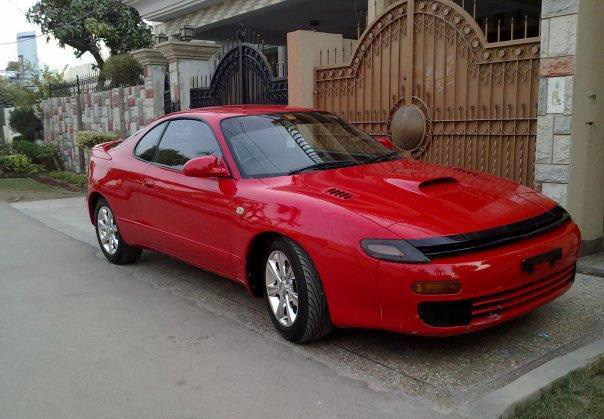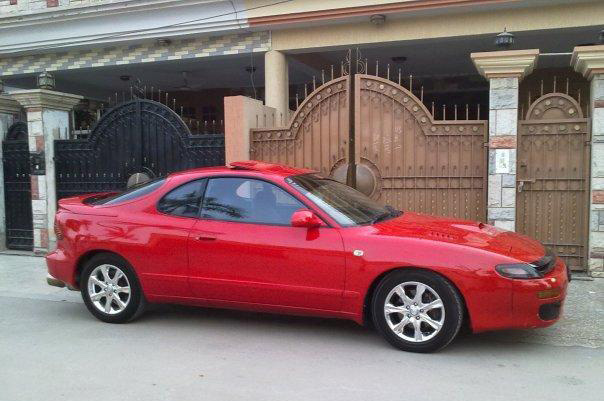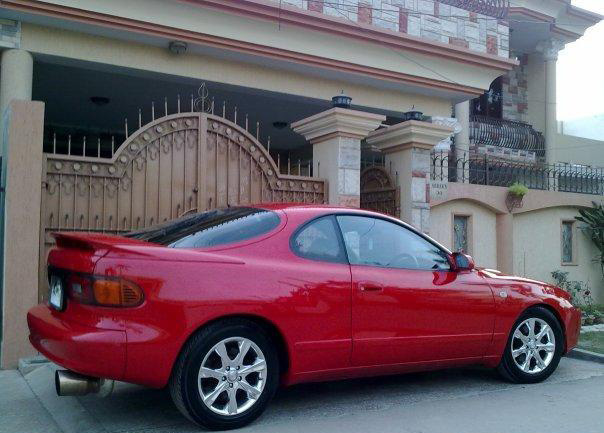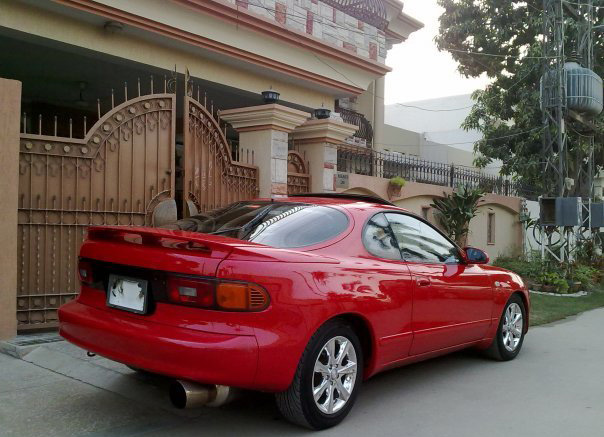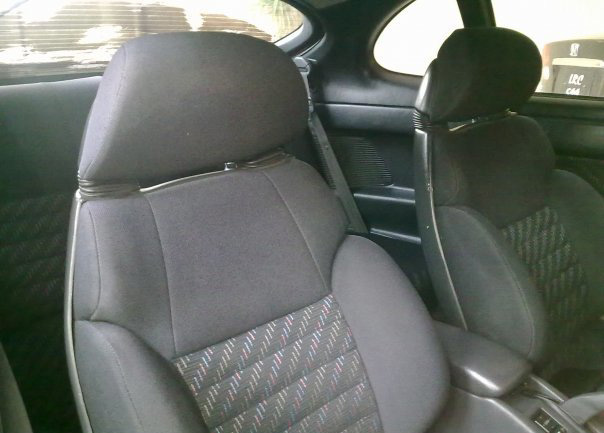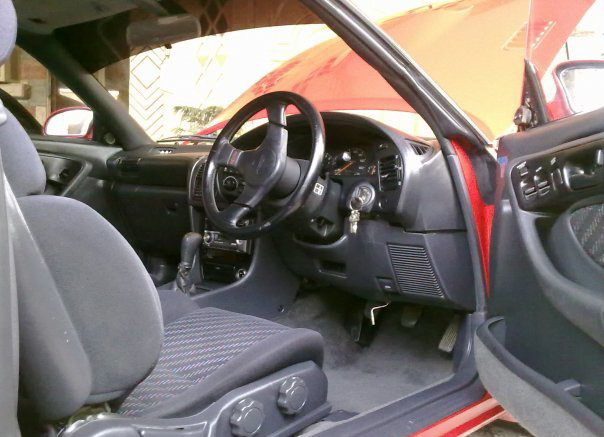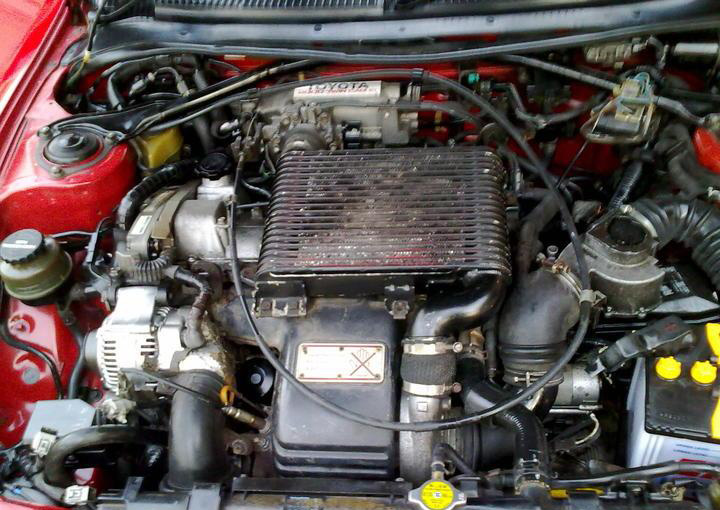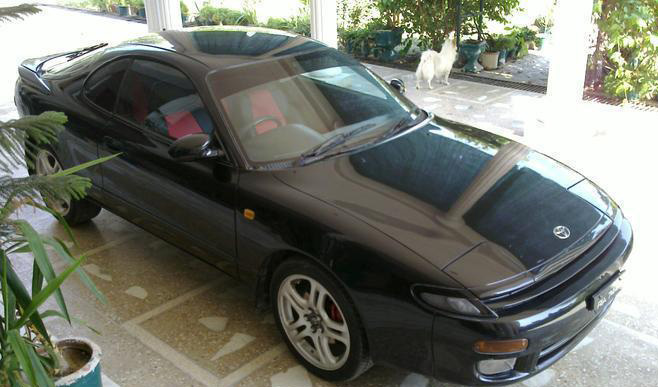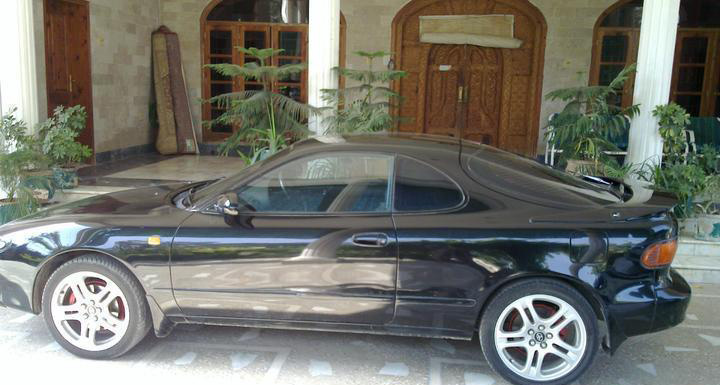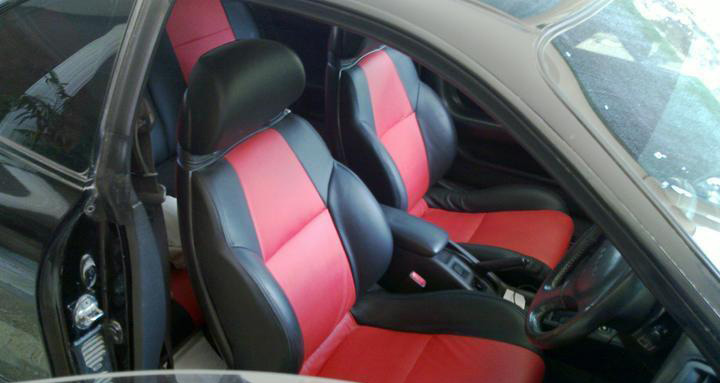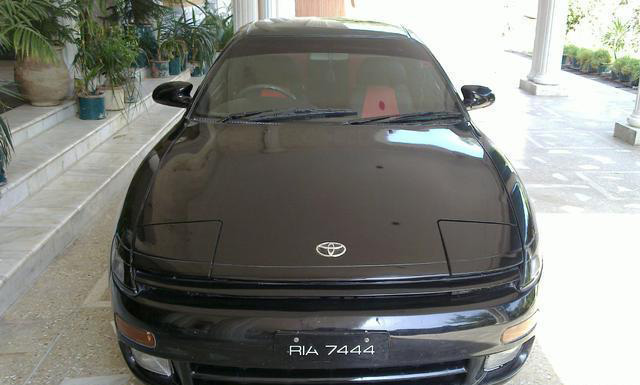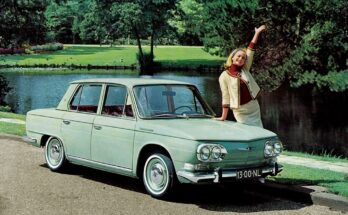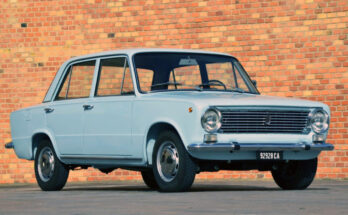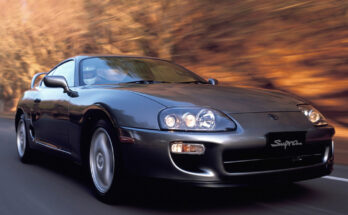Toyota produced the Celica GT-Four, a high-performance version of the Celica, from 1986 to 1999. The GT-Four was equipped with a 2.0L turbocharged 3S-GTE engine and full-time AWD. It was developed to compete in the World Rally Championship, the rules of which require that a manufacturer produce adequate quantities of road-going versions of the vehicle.
Three generations of the Celica GT-Four were produced: the ST165, based on the fourth-generation Celica, was built between October 1986 and August 1989; the ST185, with its “super round” shape, was built between September 1989 and September 1993; and the ST205, which was produced between February 1994 and June 1999.
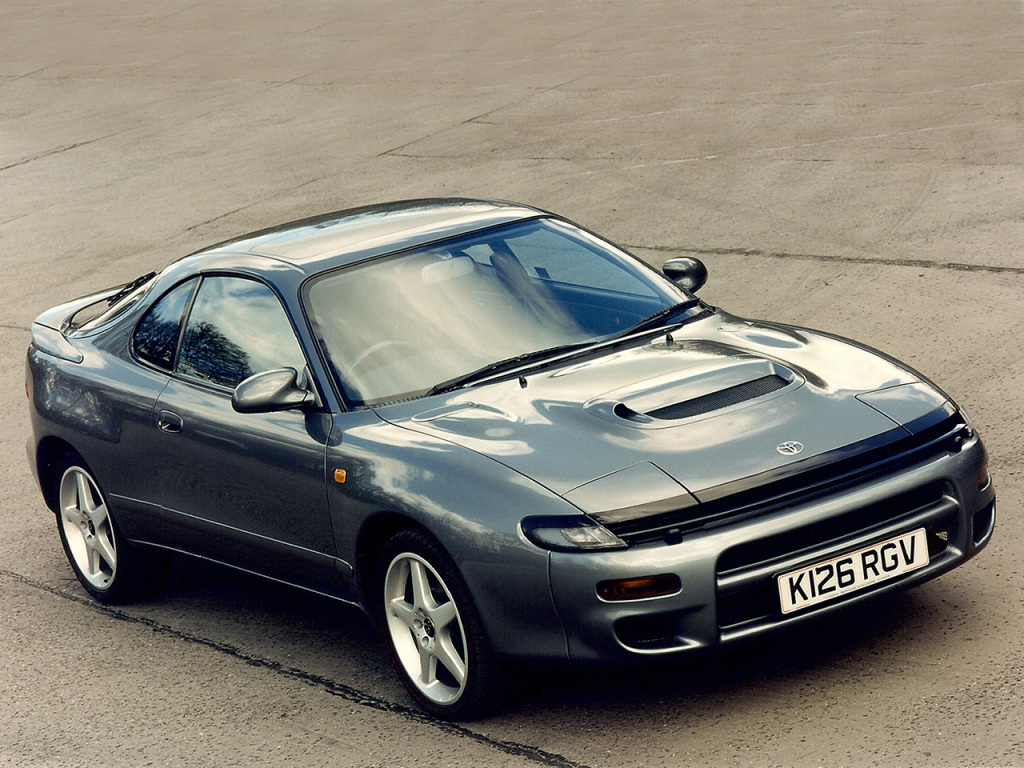
However, we will be sticking to the ST185 model as it was my boyhood dream back in the day. This car was one of my all-time favorites, and it was the sole reason I used to watch the WRC. It featured everything I liked, including a wider track, pop-up headlamps, and the customary sleeker 90s style.
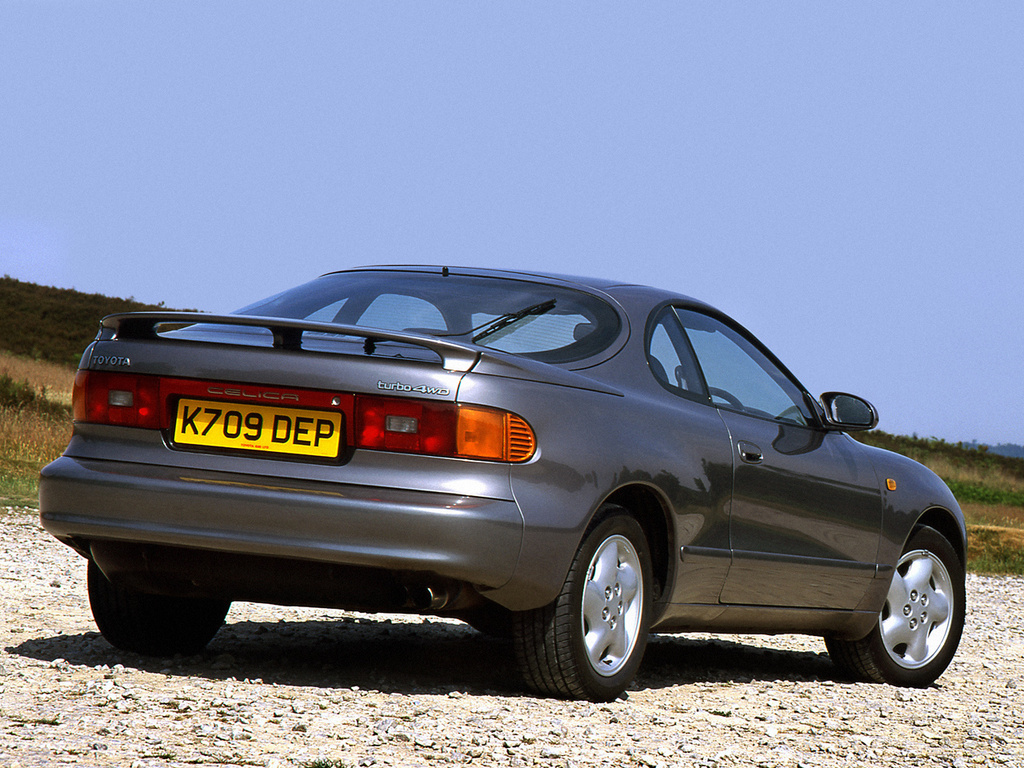
The Toyota Celica GT-Four is significant in WRC history since it was the first time a Japanese automaker joined the WRC with an AWD turbocharged car, took trophies, and won the titles. The WRC was previously dominated by European automakers. After that, other Japanese manufacturers also tasted success in the WRC.
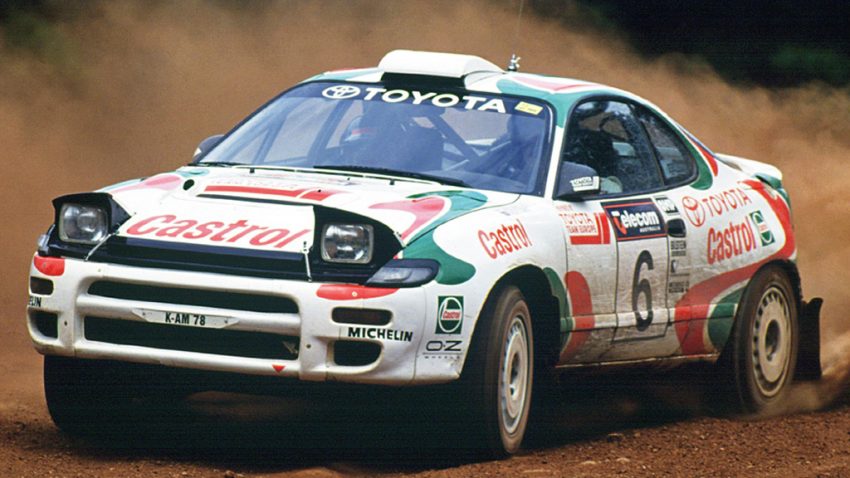
The ST185 Celica GT-Four’s 2.0L 3S-GTE engine includes an air-to-air intercooler and a CT26 twin-entry turbo to eliminate exhaust gas interference. The GT-Four for the Japanese market produced 222 horsepower and 304 Nm of torque as a result of a more aggressive ignition advance and ceramic turbine. The GT-Four’s full-time 4WD system has a viscous coupling center limited-slip differential, and certain models include a Torsen rear differential.
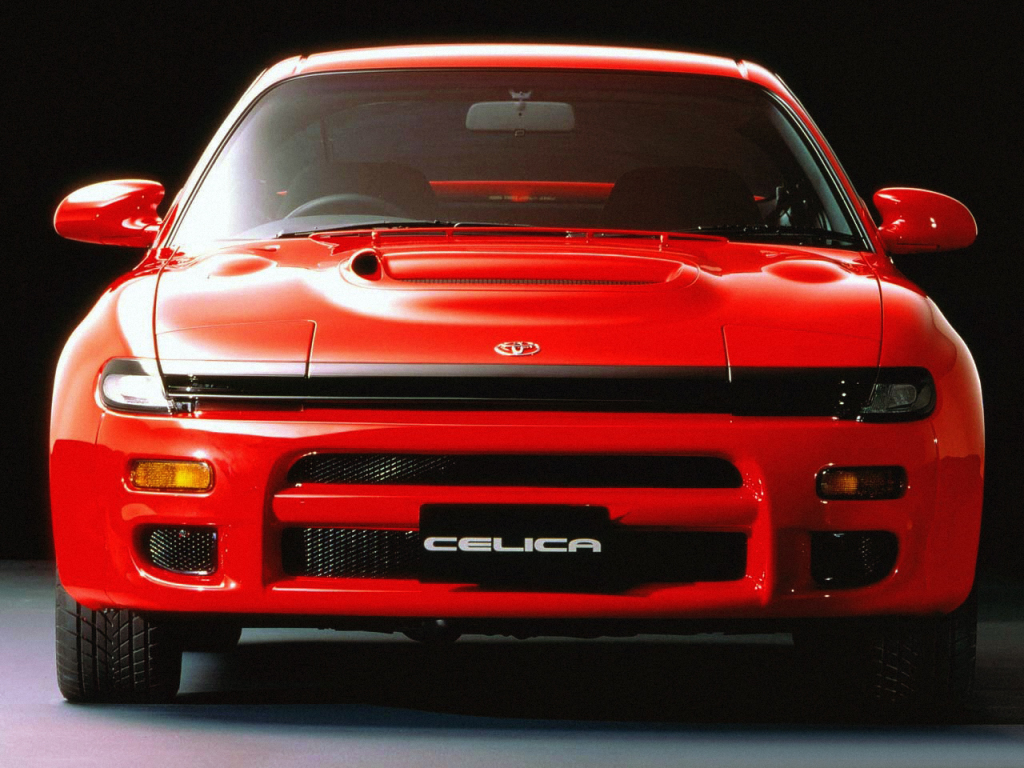
There were various iterations of the ST185 Celica GT-Four produced between September 1989 and September 1993. But probably the best one was the Carlos Sainz special edition model. Carlos Sainz was a Spanish rally driver who won the WRC title for Toyota (driving a Celica) 3 times in a row (1990-92). Toyota was so happy that they rolled out a special edition Celica in the name of Carlos Sainz, calling it a Carlos Sainz Celica GT4. Sainz kept that Celica GT-Four given to him by Toyota for a long long time, and he often drove to Real Madrid games at the Santiago Bernabéu Stadium in that car.
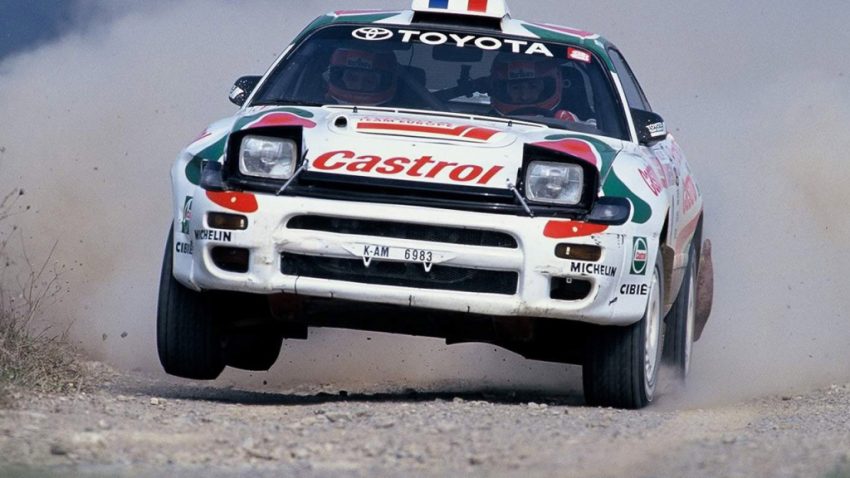
Besides winning the World Rally Championship drivers’ title with Toyota in 1990 and 1992, he finished as runner-up four times as well. There were a few characteristics that set the Carlos Sainz Special Edition Celica apart from other GT-Four Celicas, including:
- Instead of the normal air-to-air unit, a water-to-air intercooler was used since it was far more appropriate for usage in competitions.
- A redesigned hood was utilized to remove air from the engine bay as opposed to sending it to the intercooler (along with a small inlet duct for timing belt cooling).
- A different bumper, which is lighter and has more openings than the normal one.
- Reduced clutch pedal travel and shift lever throw.
- Gears 2 and 3 now have triple-cone synchromesh instead of just double cones.
- A unique, numbered plaque on the center console.
Out of the 5,000 units of Carlos Sainz Celica GT-Four produced, 1,800 were intended for the Japanese market, 3,000 for Europe, 150 for Australia, 25 for Singapore, and very few went to the other markets.
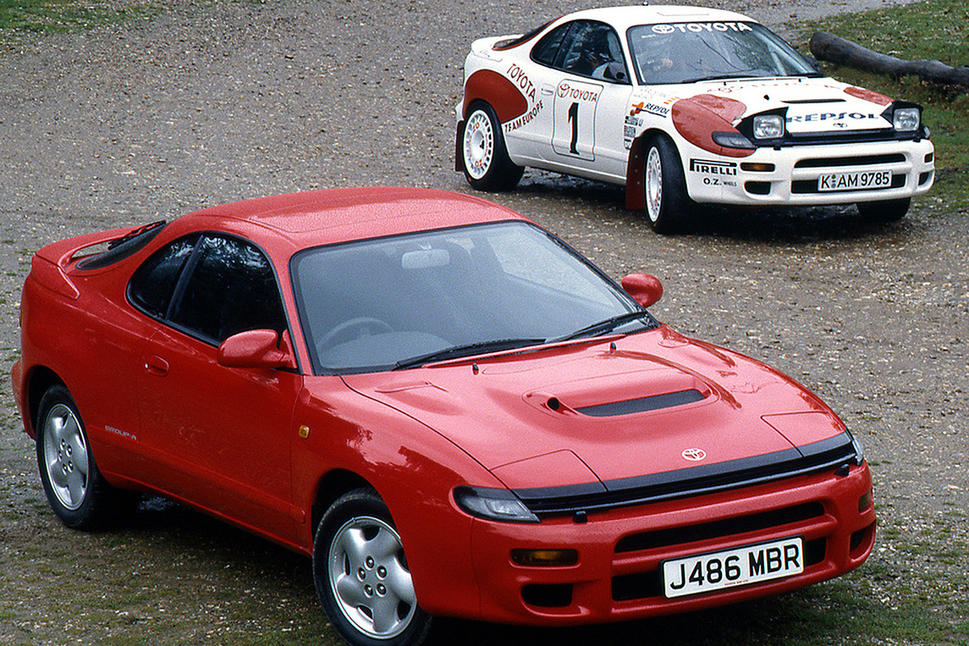
Toyota did not even come close to experiencing the same level of success with the ST205 model (1994-99) as it did with the ST185 GT-Four. For example:
ST165
- ST165 won 13 WRC series. Carlos Sainz won the 1990 WRC Driver’s Title.
- ST165 won the 1989 and 1990 British Rally Championship, and the 1990 Asia Pacific Rally Championship.
ST185
- ST185 won 16 full WRC series, and 3 overall winners in the W2L series. WRC Driver’s Titles with Carlos Sainz in 1992, Juha Kankkunen in 1993, and Didier Auriol in 1994. WRC Manufacturer’s Titles in 1993 and 1994.
- ST185 won the 1995 European Rally Championship.
- ST185 Celica also won the 1997 Rally of Malaysia.
ST205
- ST205 won 1 full WRC series, and 2 overall winners in the W2L series.
- ST205 won the 1996 European Rally Championship and together with the Corolla WRC won the 1998 FIA Teams Cup for the HF Grifone team.
Toyota discontinued the Celica GT-Four in June 1999 but the regular Celica models continued to be produced until 2006. The 7th generation Celica T230 was the last model to be produced before the Celica nameplate was retired.
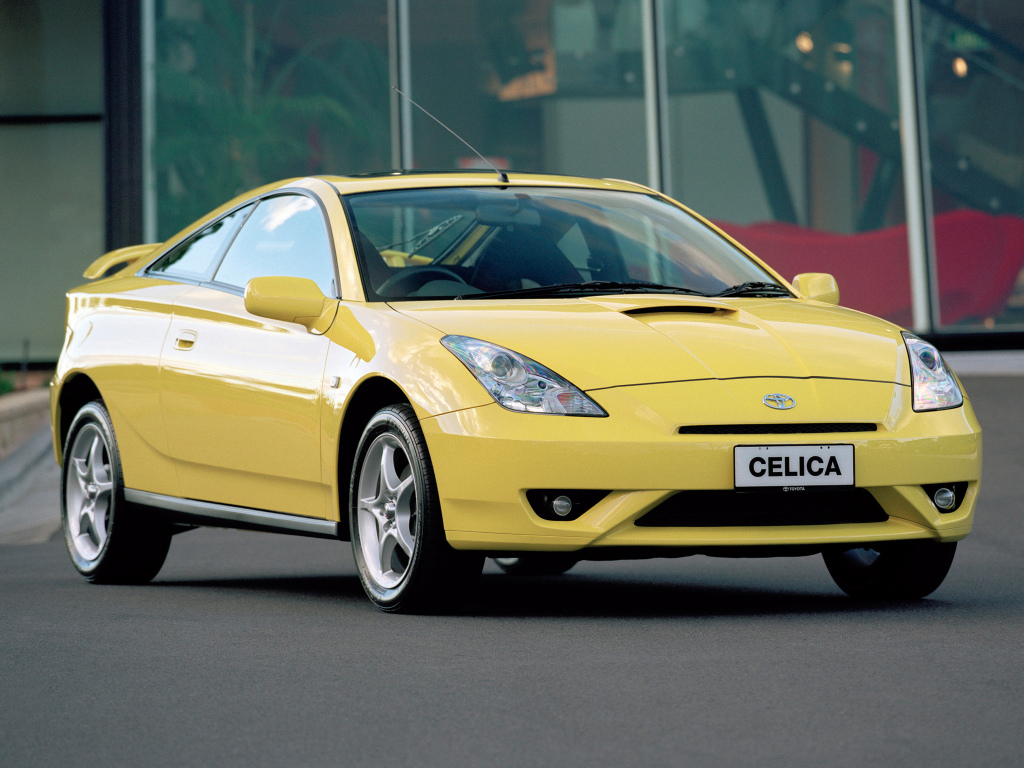
The sports coupe market was fast diminishing in general, which contributed to the end of the Celica. This was a result of the 1997 Asian financial crisis and the fallout from the collapse of the Japanese asset price bubble (also known in Japan as the “bubble economy”). In subsequent years, sales of all sports coupes started to fall as consumers switch to SUVs and other more utilitarian models. The Subaru XT6, Nissan 240SX, Honda Prelude, Mazda RX-7, Toyota Supra (A80), and a number of other vehicles were all discontinued by that time.
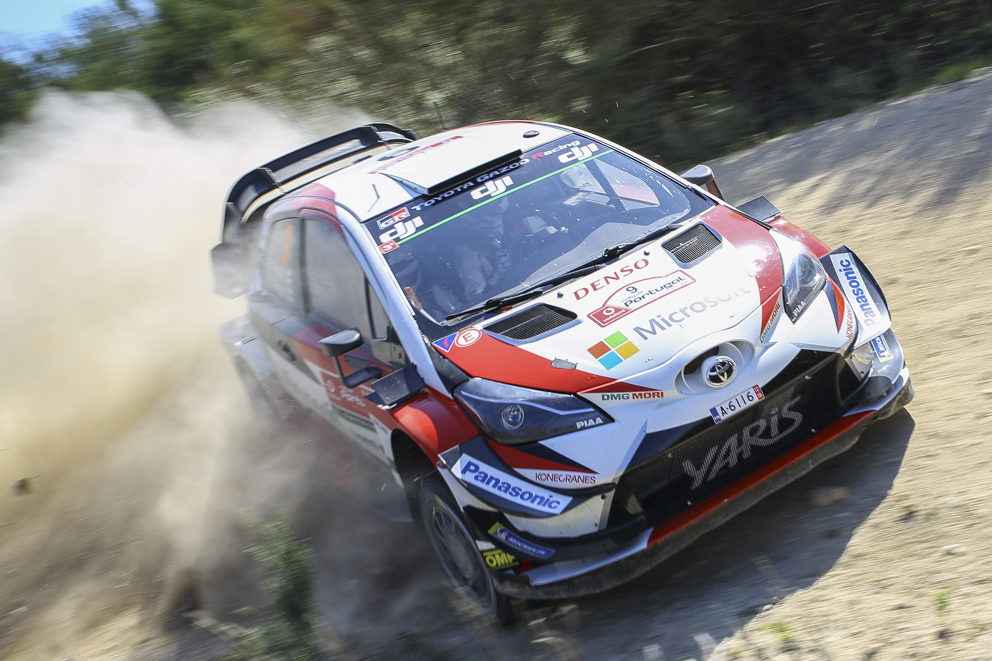
Toyota then left the WRC to focus on Formula One, but 11 years after the Celica was retired, Toyota made a comeback to the WRC with the Toyota Yaris in 2017. Since then the Yaris WRC (based on the Vitz-based XP130 model) has done exceptionally well for Toyota, winning the FIA World Rally Championship titles in 2018, 2019, 2020, and 2021 as well as 26 WRC victories since 2017.
A Celica Comeback?
While Toyota has already resurrected the Supra, there were certain reports regarding the Japanese automaker considering reviving the MR2 as well as Celica, however, these plans are yet to take shape.
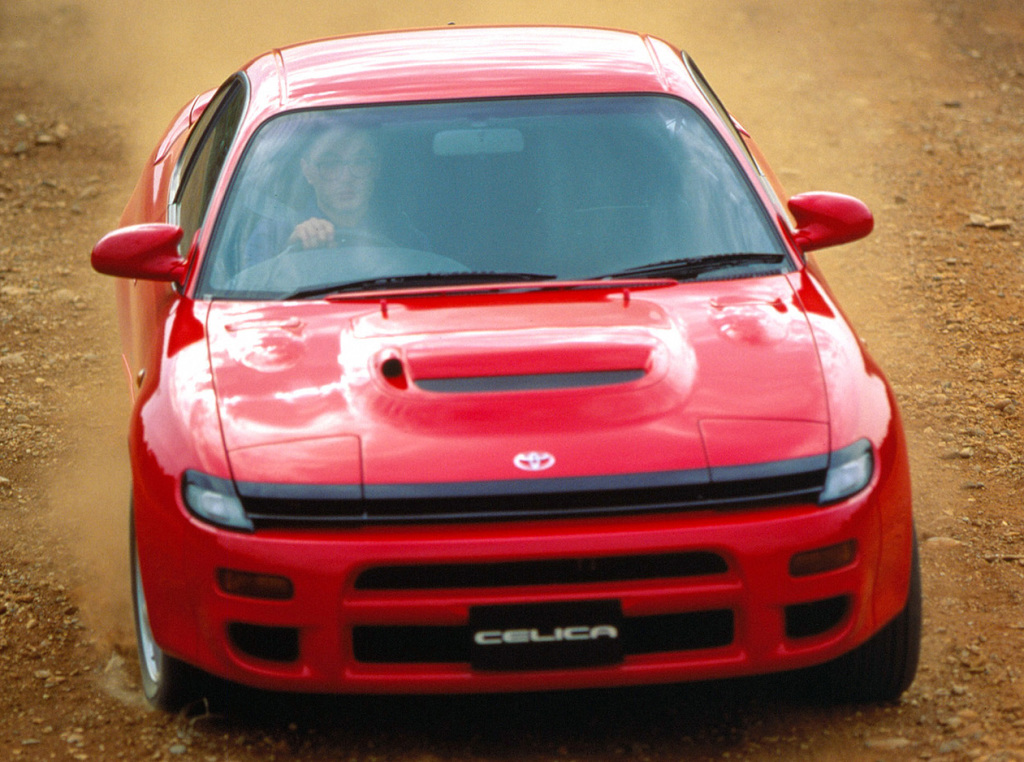
It is still true that dedicated sports vehicles are difficult to sell these days. They necessitate far too much specialized engineering and are often unaffordable as a result. But, sporty compacts like the Celica, which are created with readily available parts and with an emphasis on everyday livability, give pleasure that is accessible to common enthusiasts. As such, it will be fascinating to see if the Toyota Celica eventually makes a comeback.
Some rare examples of ST185 Celica GT-Four in Pakistan

A computer animation professional with over 23 years of industry experience having served in leading organizations, TV channels & production facilities in Pakistan. An avid car enthusiast and petrolhead with an affection to deliver quality content to help shape opinions. Formerly written for PakWheels as well as major publications including Dawn. Founder of CarSpiritPK.com

